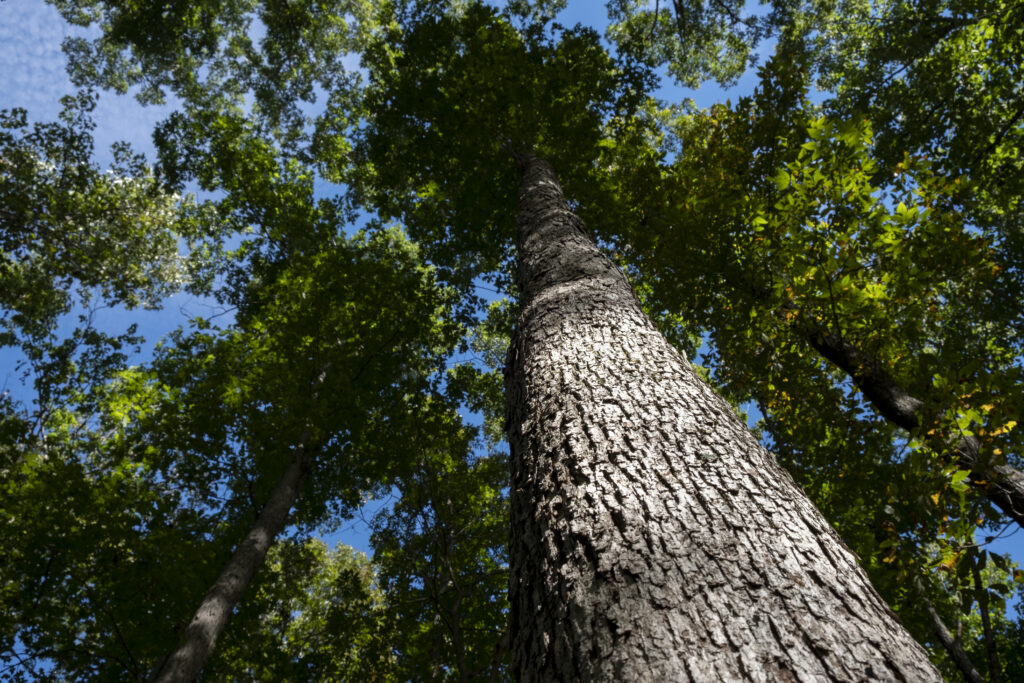
The White Oak Initiative, a national coalition dedicated to preserving the integral role white oaks play in our ecosystem and our way of life, is entering a critical implementation phase of its sustainability work. And, West Virginia, we need your support.
From the Allegheny Mountains to the Blue Ridge Mountains, West Virginia is currently home to abundant white oak forests that provide not only economic, social, and environmental benefits, but also serve as a sanctuary for numerous wildlife species.
This vibrant environment, however, is under threat. In 2021, the White Oak Initiative released a report, “Restoring Sustainability for White Oak and Upland Oak Communities: An Assessment and Conservation Plan,” which highlighted a surprising urgency to act and protect white oak forests.
The report warned that without prompt intervention today, the American white oak population could face significant declines within the next 10 to 15 years and more extreme declines over the next several decades.
The good news is that West Virginia’s foresters and landowners can play a vital role in protecting the state’s white oak forests. By implementing and sharing the ins and outs of good forest management practices, and supporting the White Oak Initiative, you can help ensure the continued growth and sustainability of these important lands.
As nearly 80% of West Virginia is blanketed in forest, proper forest management is crucial for the state’s biodiversity, forestry industry, and forest products industry. White oaks are, after all, the most commercially important timber oak—needed for industries like furniture, flooring, cabinetry, and wine and spirits.
The first step is to know more. Visit the White Oak Initiative’s website (whiteoakinitiative.org) to familiarize yourself with our mission and work. Stay updated with our e-newsletter and connect on social media. By working together, we can transition from planning to action, and we can create a brighter future for the Mountain State’s white oak forests.
















